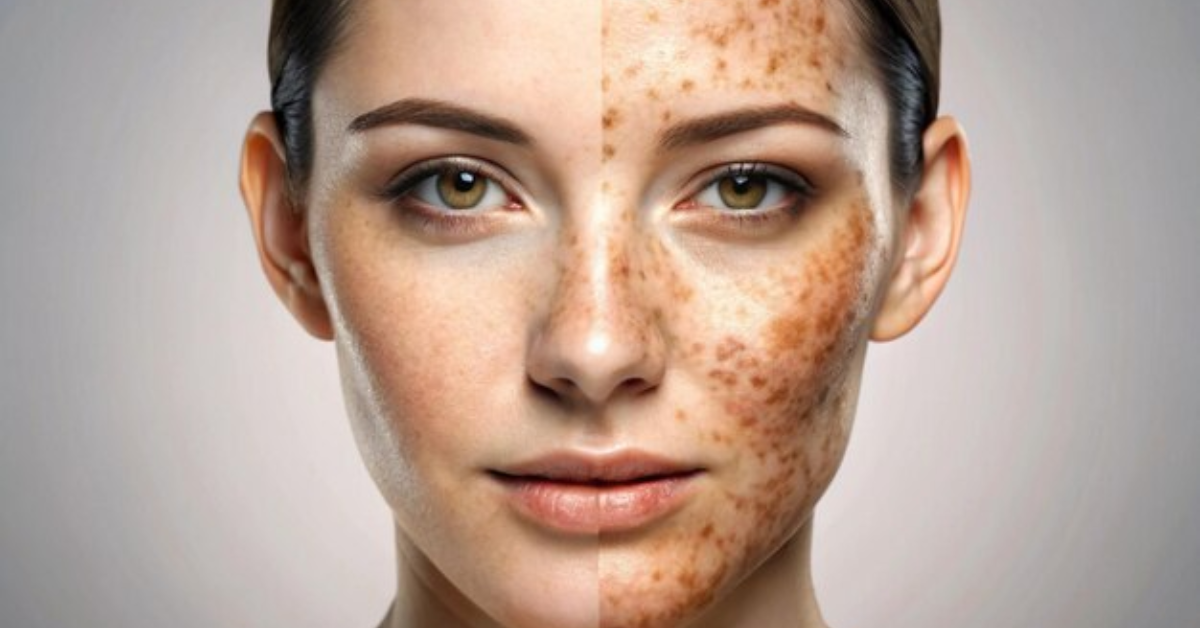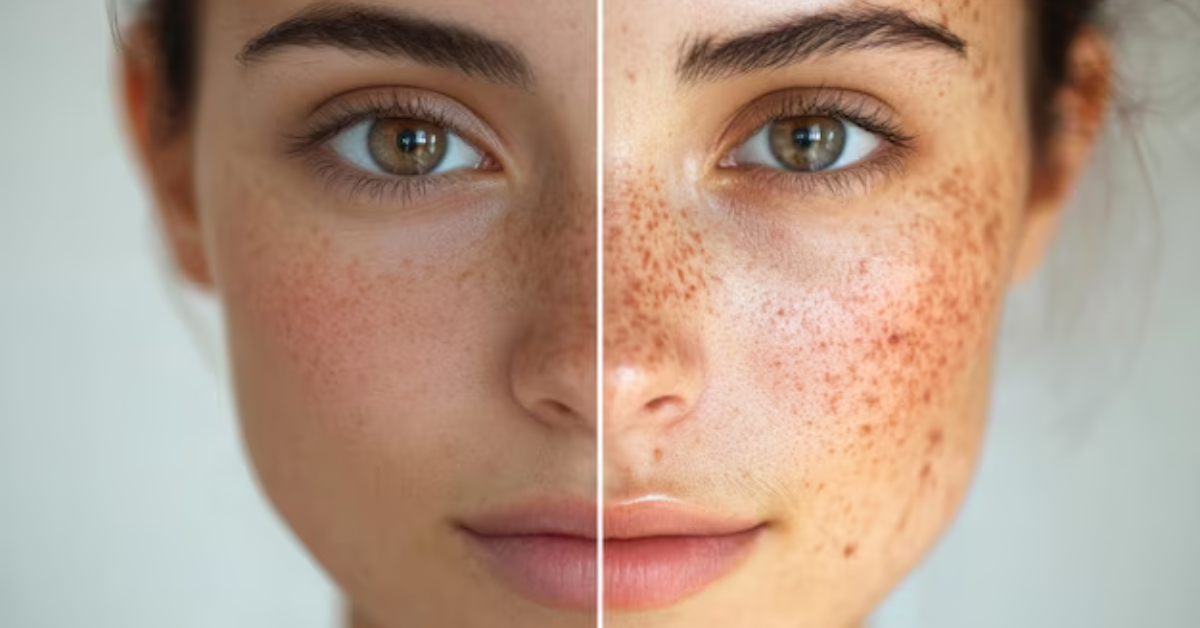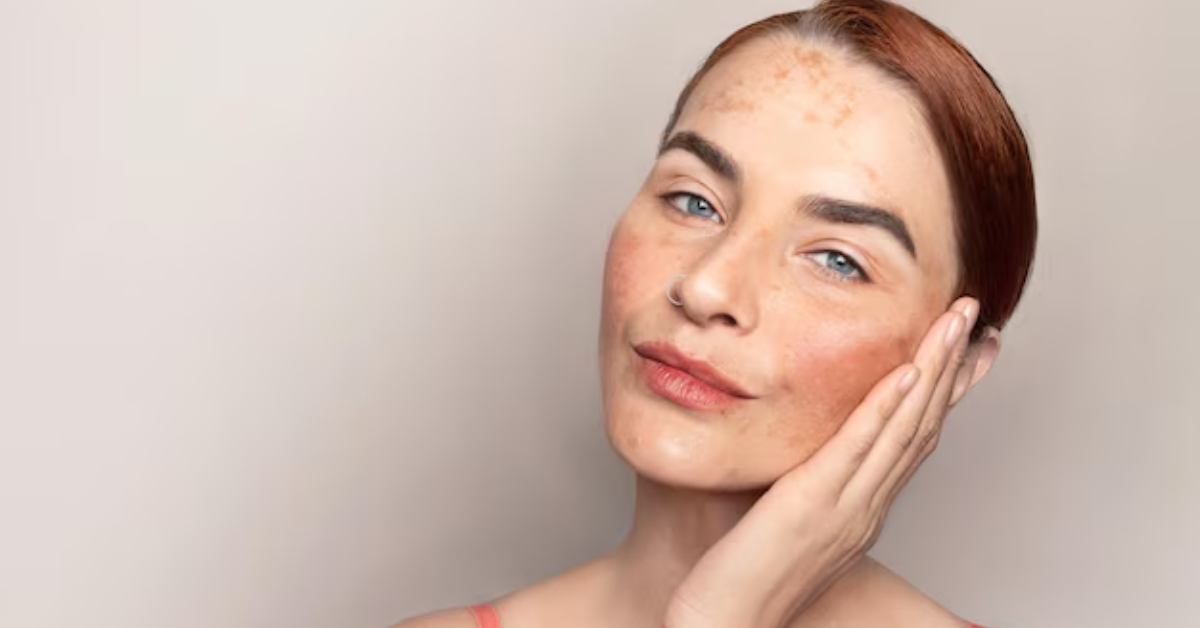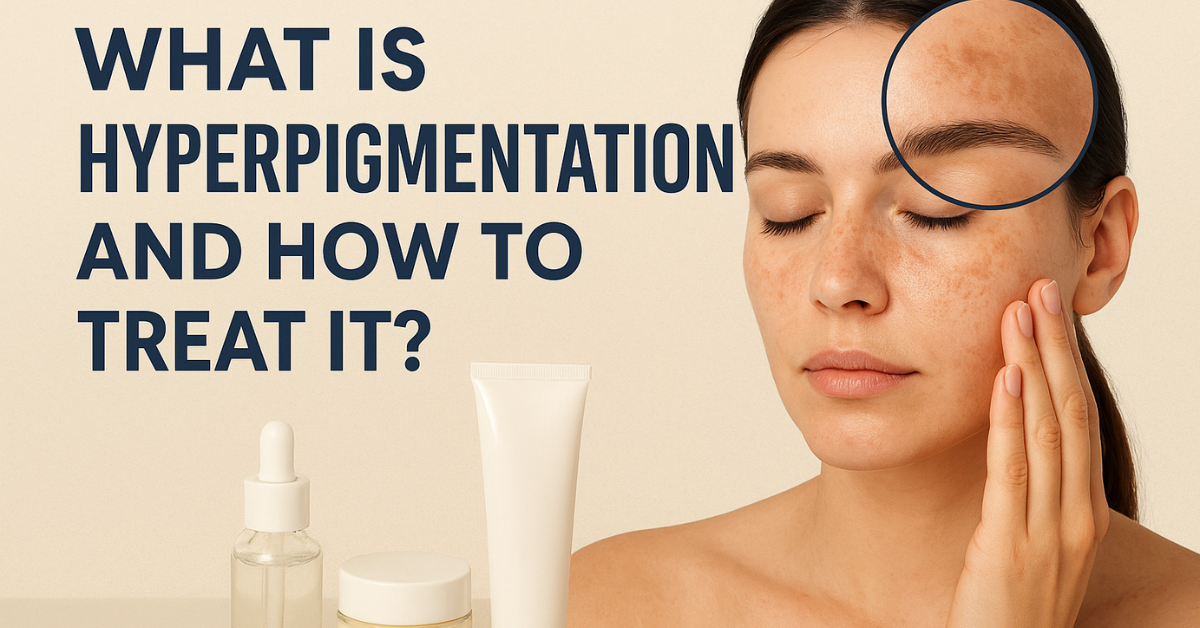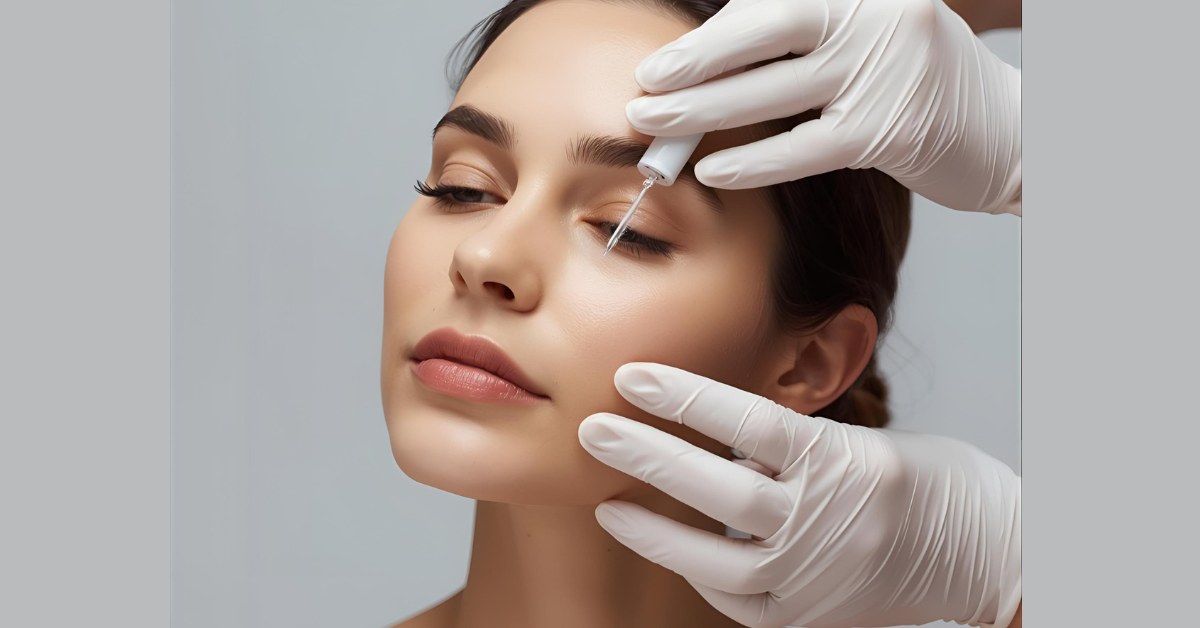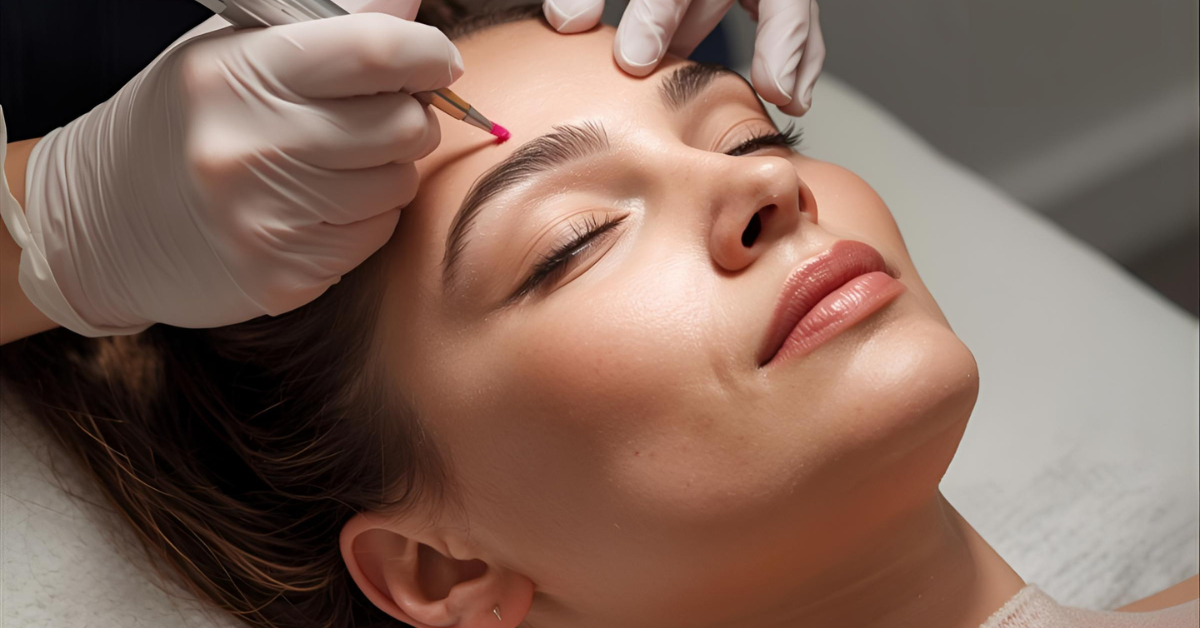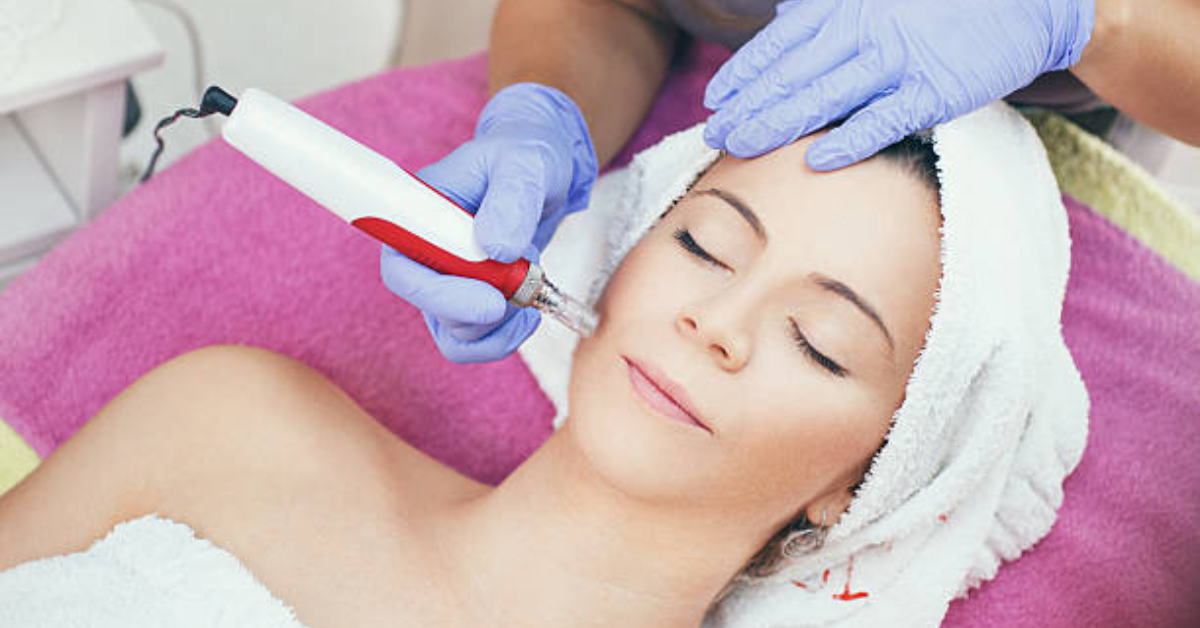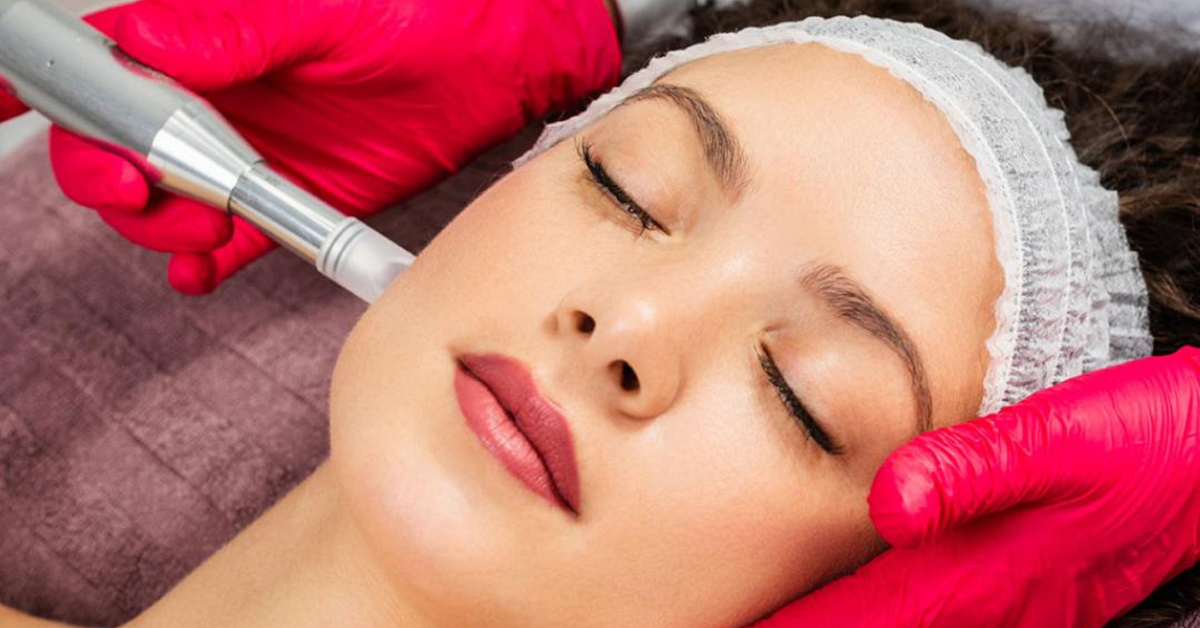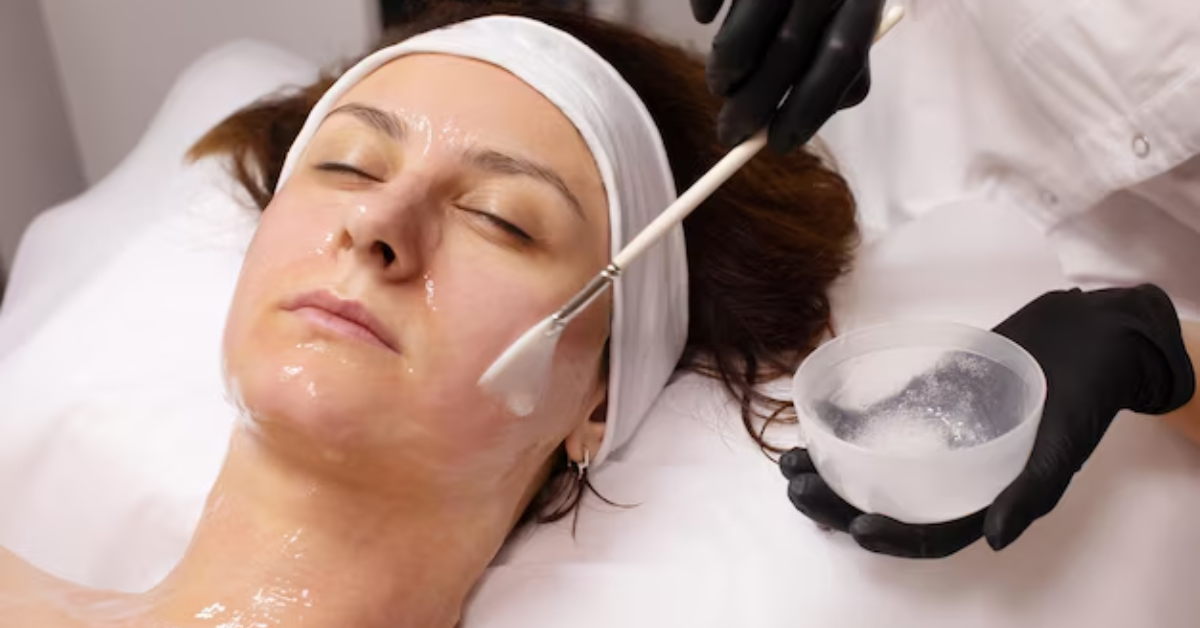Is a Detox Facial Good for Acne-Prone Skin?
If you struggle with breakouts, clogged pores, or oily skin, you’ve probably wondered whether a detox facial can help manage acne. Acne-prone skin often requires targeted skincare routines, and facials designed to cleanse and purify the skin can play a vital role. A detox facial, when performed correctly, can be highly beneficial for acne-prone skin by deeply cleansing the pores, removing toxins, and reducing inflammation. But how effective is it really, and is it suitable for everyone? Let’s break it down.
What Is a Detox Facial?
A detox facial is a specialized skincare treatment that focuses on eliminating impurities, pollutants, and dead skin cells from the skin. It typically involves a multi-step process, including deep cleansing, exfoliation, steaming, extractions, and the application of detoxifying masks or serums. The goal is to purify the skin and encourage better cell turnover while reducing congestion and inflammation that often contribute to acne.
Detox facials are designed not only to refresh the skin but also to improve circulation, unclog pores, and stimulate the lymphatic system, which helps flush out waste and toxins from the body.
How Detox Facials Help Acne-Prone Skin
Detox facials can be particularly helpful for those with acne-prone skin for several reasons:
1. Deep Pore Cleansing
One of the major benefits of a detox facial is its ability to deeply cleanse the skin. Acne is often caused by blocked pores that become inflamed due to bacteria buildup. A detox facial typically includes exfoliation and extractions that remove excess oil, blackheads, and dead skin cells — all common contributors to acne.
2. Reduces Excess Oil Production
Oily skin tends to be more prone to breakouts. Detox facials use products and techniques that help balance the skin’s oil levels without stripping it completely. This helps prevent the skin from producing even more oil, which can lead to future breakouts.
3. Anti-Inflammatory and Soothing Ingredients
Many detox treatments incorporate natural ingredients like clay, charcoal, tea tree oil, or salicylic acid that target acne-causing bacteria and reduce inflammation. These ingredients are often effective in calming existing breakouts and preventing new ones from forming.
4. Improved Circulation and Lymphatic Drainage
Facial massage and steaming can increase blood flow and stimulate lymphatic drainage. Better circulation brings more oxygen and nutrients to the skin, which supports the healing process and reduces the appearance of acne scars.
Is a Detox Facial Safe for All Acne-Prone Skin?
While detox facials offer many benefits, they may not be suitable for every skin type or acne condition. If you have severe cystic acne, extremely sensitive skin, or active inflammation, it’s best to consult with a licensed esthetician or dermatologist before undergoing a detox facial. Some facial techniques, like aggressive extractions or harsh scrubs, can aggravate sensitive skin and worsen inflammation if not done carefully.
For moderate to mild acne, however, detox facials can be a great addition to your skincare routine, especially when done regularly under professional guidance.
What to Expect After a Detox Facial
It’s common to experience mild redness or slight purging after a detox facial, especially if it included deep cleansing or extractions. This is part of the skin's natural healing process and usually subsides within a day or two. It’s important to follow any post-facial care advice from your esthetician, which may include avoiding makeup, staying hydrated, and using gentle skincare products for a few days. Your skin may feel cleaner, softer, and more refreshed immediately after the facial, and with regular treatments, you may see long-term improvements in texture, tone, and breakout frequency.
How Often Should You Get a Detox Facial?
For acne-prone skin, getting a detox facial once every 4 to 6 weeks is generally recommended. This allows the skin enough time to recover while maintaining consistent care. However, the frequency can vary depending on your skin’s specific needs and how it responds to treatment.
Final Thoughts
So, is a detox facial good for acne-prone skin? Absolutely — when done correctly and tailored to your specific skin condition. These facials can help unclog pores, control oil, reduce inflammation, and improve overall skin health. While it may not be a one-time cure for acne, incorporating detox facials into your broader skincare strategy can yield noticeable results over time.
Remember, skincare is not one-size-fits-all. If you’re dealing with persistent or severe acne, always seek professional advice before trying any new treatment. When paired with a consistent home care routine and healthy lifestyle, detox facials can be a powerful tool in your journey toward clearer, healthier skin.

